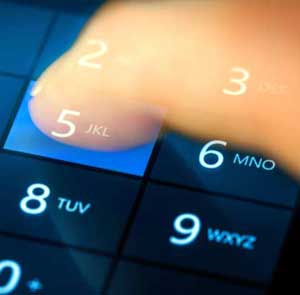Further, with effect from January 1, 2018, all mobile phones will be required to have the facility of identifying the location through satellite based GPS.
The Ministry of Women and Child Development had taken up the issue of installation of a physical panic button on mobile phones as one of the initiatives in June 2014. It was observed that in order to provide safety to women in distress situation, it is important to enable them to send out distress signal to a family member or the police authorities so that they can be rescued.
The Ministry had discussed this issue with a number of stakeholders as well as Department of Telecommunications and had insisted that a physical panic button is much superior to having an App on the mobile phone. It was argued that a woman in distress does not have more than a second or two to send out a distress message as a perpetrator will often reach out to her mobile phone in the event of a physical / sexual assault. After an elaborate process of discussion and deliberation, the Department of Telecommunications as well stakeholders finally agreed to have this facility installed in the mobile phones.
Ministry of Women and Child Development will now be working with the Department of Telecommunications and the stakeholders to ensure that similar solutions be made available for existing mobile phone handsets in the form of software patches by which same buttons could be configured to send out emergency calls for concerned telephone numbers. Ministry stated that these software patches will be made available for direct download in the smart phones and installation at the mobile phone shops by the concerned manufactures / service providers.

















Related Items
Co-education blues, chatting charades and the great panic attacks
Mobile clinics boost health outcomes, cut costs in developing countries
Don’t take any call threatening to disconnect your mobile